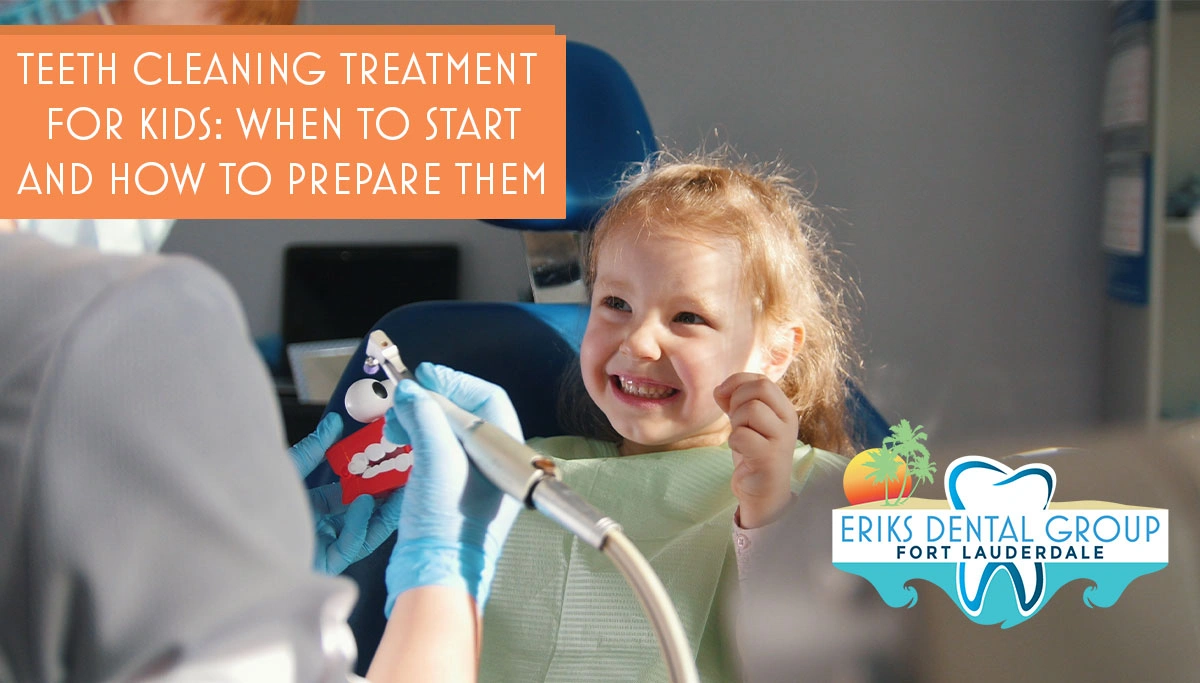
Healthy dental habits in childhood lay the foundation for a lifetime of strong teeth and gums. While daily brushing and flossing are essential, a professional teeth cleaning treatment removes plaque and tartar that home care cannot reach. Regular cleanings also help detect early signs of cavities or misalignment, allowing timely guidance to prevent complications.
Starting teeth cleaning treatment at the right age and preparing your child for their first visit helps them cooperate during the procedure. Understanding when to begin and how to guide them supports lasting oral hygiene habits. Here are what makes pediatric dental cleanings effective and approachable.
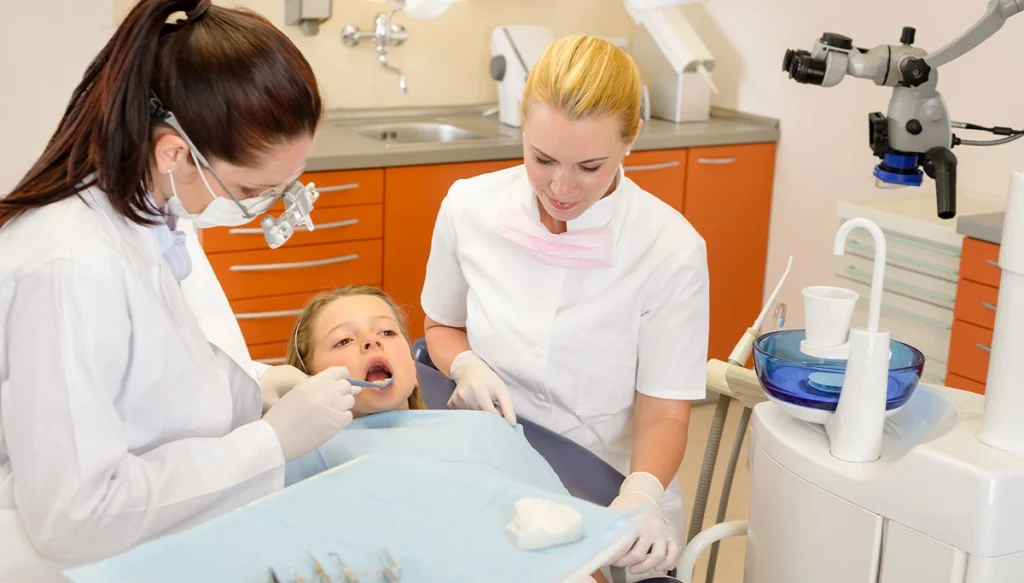
Teeth cleaning treatment for children is a professional procedure that removes plaque and tartar buildup and promotes healthy gums. It also provides an opportunity to check for cavities, misalignment, or enamel issues that may need attention. Pediatric cleanings focus on both preventive care and guidance for proper home hygiene.
Here are common misconceptions about teeth cleaning for kids:
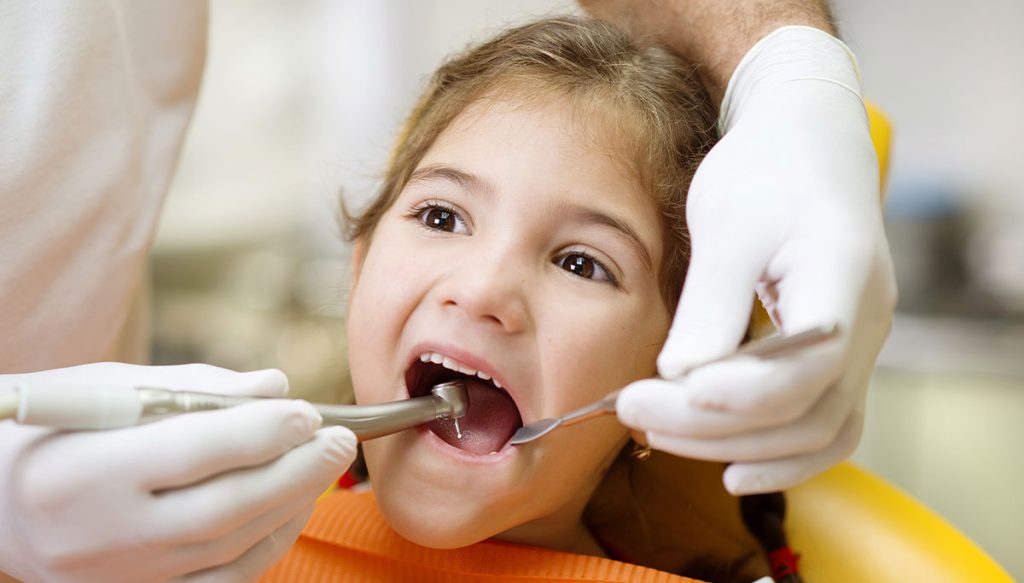
Establishing the right time for a child’s first professional teeth cleaning is vital for long-term oral health. While home brushing and flossing are essential, professional care helps remove buildup that daily routines cannot. Knowing when to begin can prevent cavities, detect early issues, and set the stage for a positive dental experience.
Sure signs may indicate the need for a cleaning:
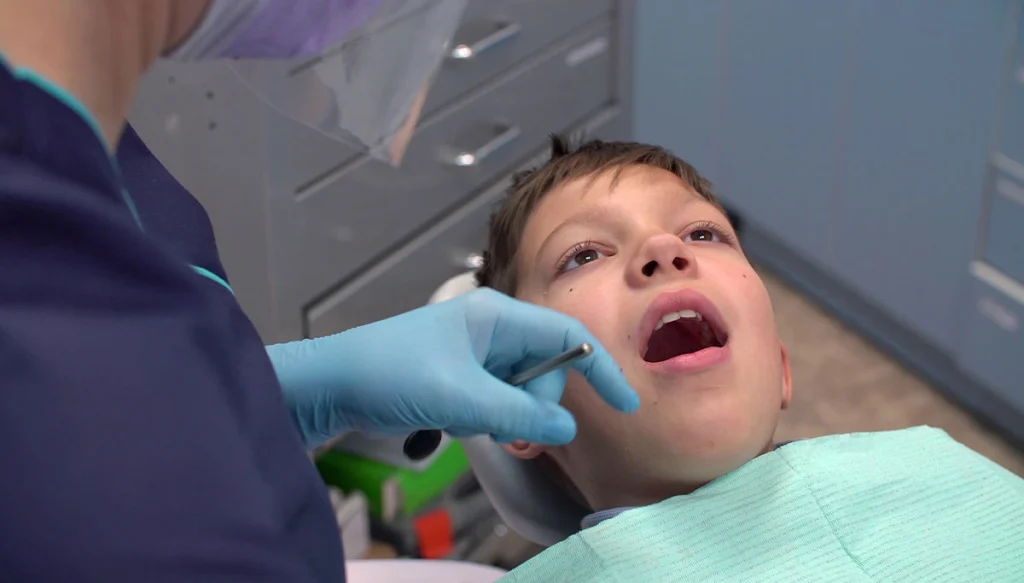
The frequency of pediatric cleanings depends on the child’s oral health and risk factors. Most children benefit from visits every six months. Children prone to cavities, with braces, or with certain medical conditions may require more frequent visits. Regular dental cleanings allow the dentist to monitor growth and development while maintaining healthy teeth and gums.
As children grow, their teeth cleaning needs change:
Scheduling the first cleaning at a calm time of day, when the child is alert and cooperative, can make the experience more effective. Bringing favorite items or books helps ease dental anxiety. Explaining what will happen in simple, positive language can increase cooperation and reduce fear.
Early professional cleanings provide more than plaque removal. They:
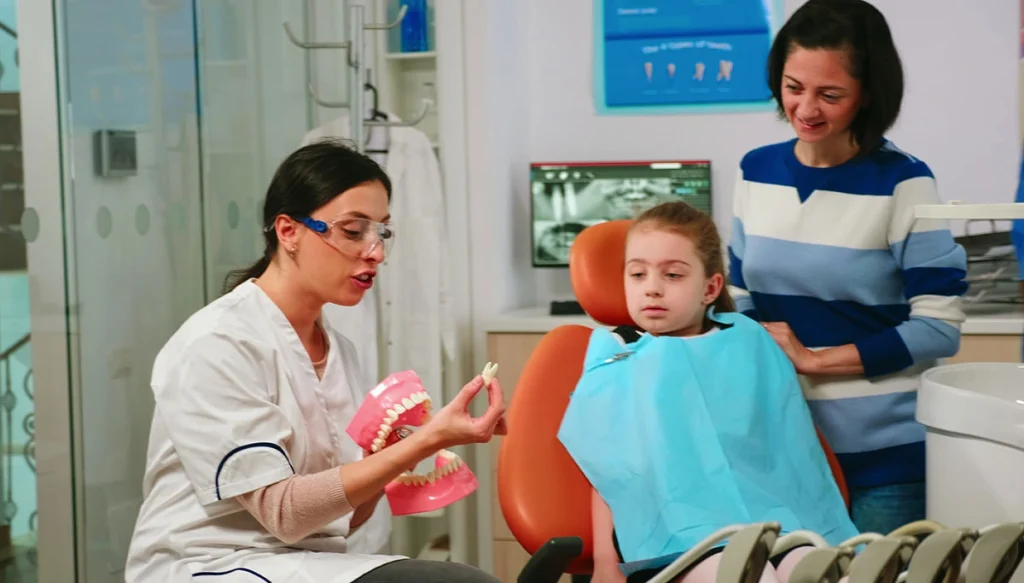
A child’s first dental cleaning shapes how they view future visits. The goal is to make them feel ready, informed, and comfortable without overwhelming them. Preparation begins at home and continues on the day of the appointment.
Children respond better when they know what to expect. Use clear, everyday language. Tell them the dentist will look at their teeth, clean them with a small brush, and count how many they have. Mention that they will sit in a special chair that can move up and down. Avoid words that might cause fear, such as drill, needle, or hurt, even if you reassuringly mean them.
Role-playing can make the process familiar. Pretend to be the dentist and count their teeth. Use a toothbrush to clean while they practice opening wide. Let them switch roles so they feel more in control of the experience.
Book the appointment for when your child is most alert and cooperative, usually in the morning after a meal. Avoid nap times or be late in the day when they may be tired.
A favorite stuffed animal, small toy, or blanket can help your child feel secure in a new environment. If allowed, bring headphones with calming music or an audiobook to keep them engaged.
Offer small choices so they feel involved. They can select the flavor of the cleaning paste, choose a toothbrush color at the clinic, or ask the dentist a question about teeth.
Children often reflect a parent’s emotions. Speak in a relaxed tone, keep a steady expression, and focus on the benefits of the visit, such as having clean and healthy teeth, rather than possible problems.
End the experience on a positive note. Praise specific behaviors, like sitting still or opening their mouth well. Small non-food rewards, such as an extra bedtime story or a trip to the playground, can help create a positive association with dental visits.
During a pediatric teeth cleaning, the dentist or hygienist begins with a brief examination to assess the child’s teeth, gums, and overall oral health. Using a small mirror, they check for cavities, plaque deposits, and gum irritation. A rotating brush or ultrasonic tool is then used to remove plaque and tartar from all tooth surfaces, focusing on areas often missed during brushing.
The teeth are polished with a flavored paste to make it harder for plaque to accumulate, and in some cases, a fluoride treatment is applied to strengthen enamel and reduce the risk of decay. To help the child feel comfortable, the dental team may explain each step or let them see the tools before use. The visit usually ends with practical guidance on brushing, flossing, and choosing foods that support healthy teeth.
Regular teeth cleaning is an integral part of protecting your child’s oral health and building habits that last into adulthood. Choosing a practice experienced in pediatric care makes the process easier for parents and more comfortable for children. Eriks Dental Group Fort Lauderdale offers gentle, thorough cleanings tailored to kids, with a team skilled at explaining each step in a way that builds trust.
Schedule your child’s next teeth cleaning with Eriks Dental Group Fort Lauderdale to give them a strong foundation for a lifetime of healthy smiles.
© 2025 Eriks Dental Group - Fort Lauderdale - All Rights Reserved. Dental Website Design by Connectica